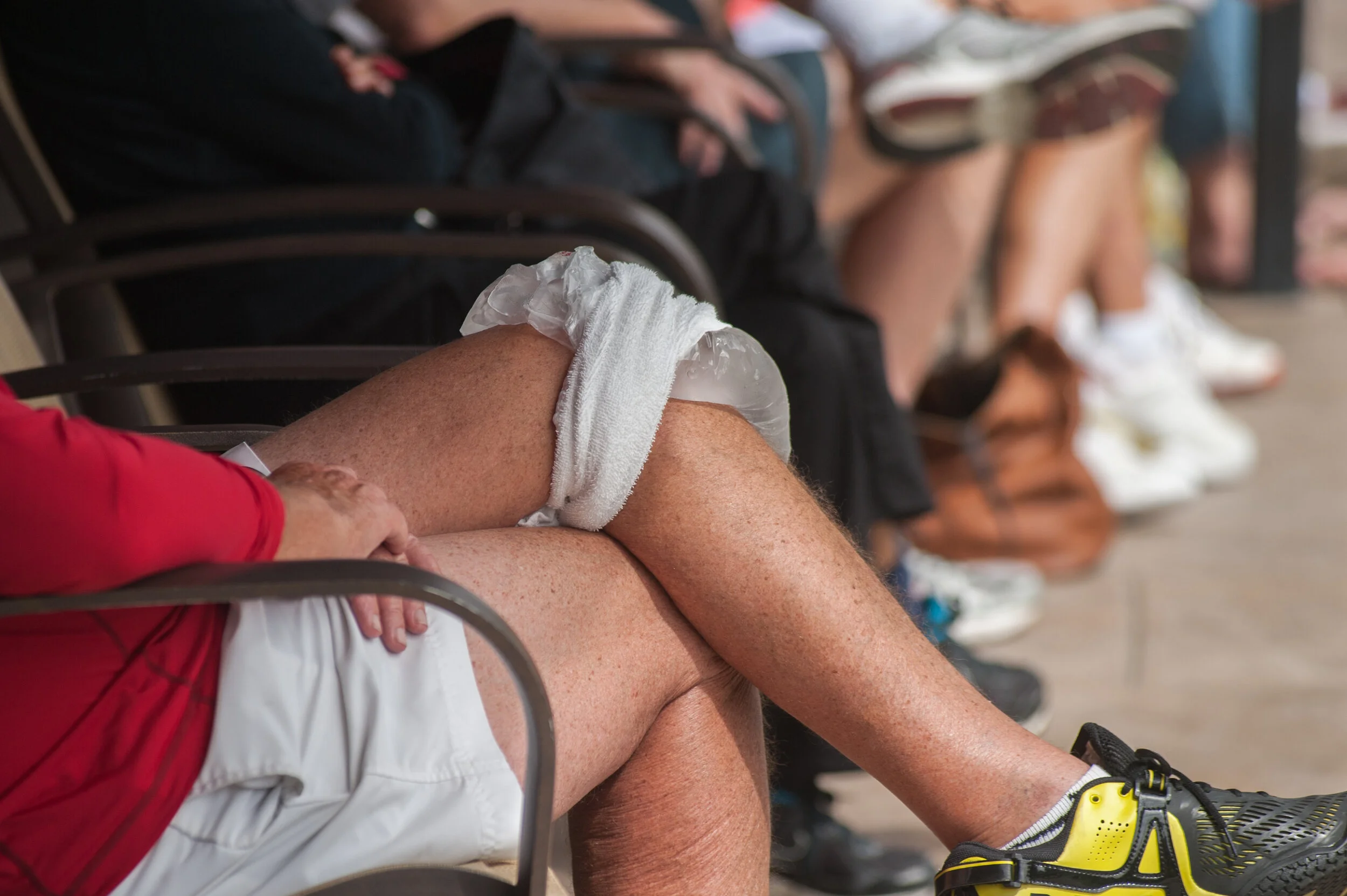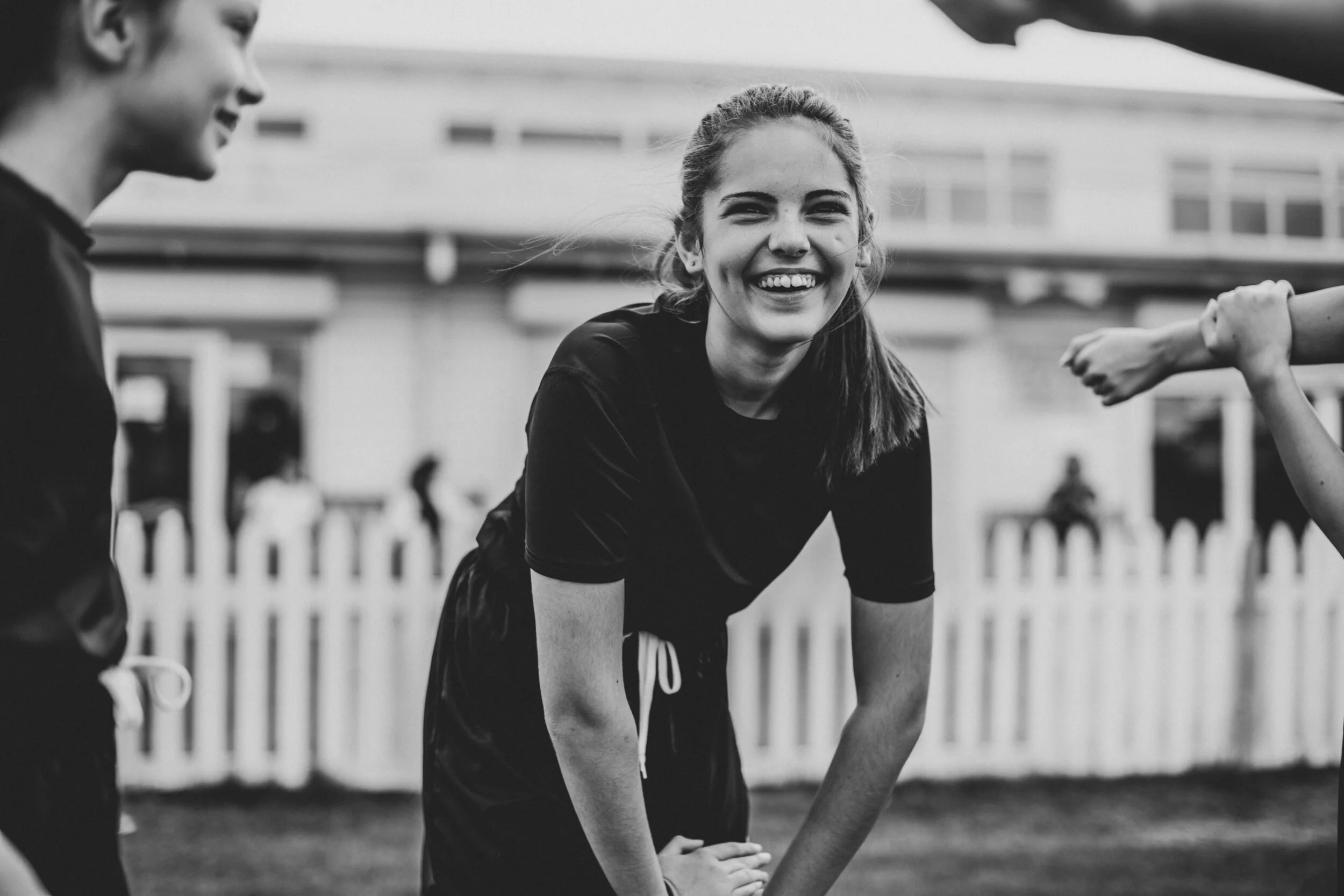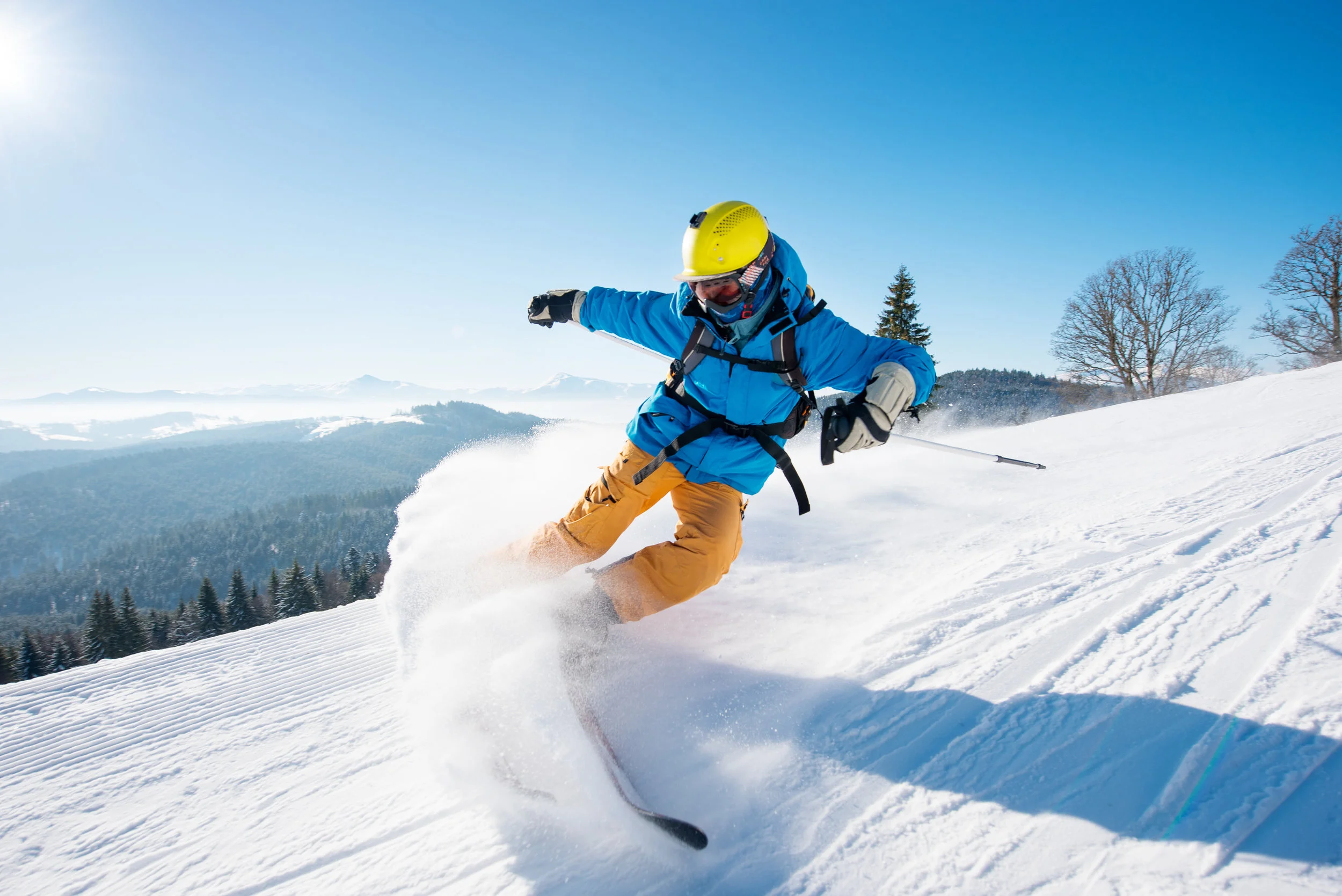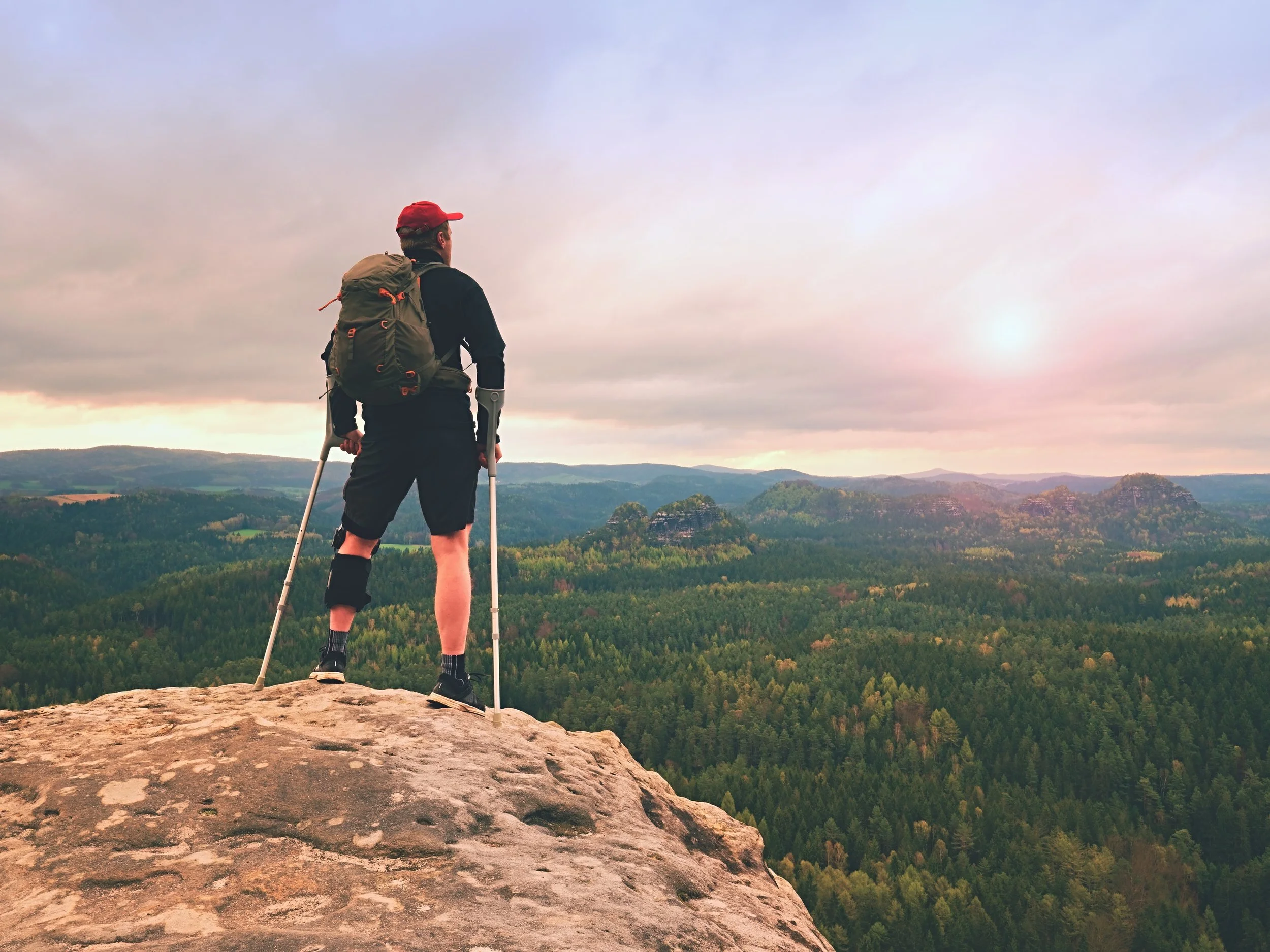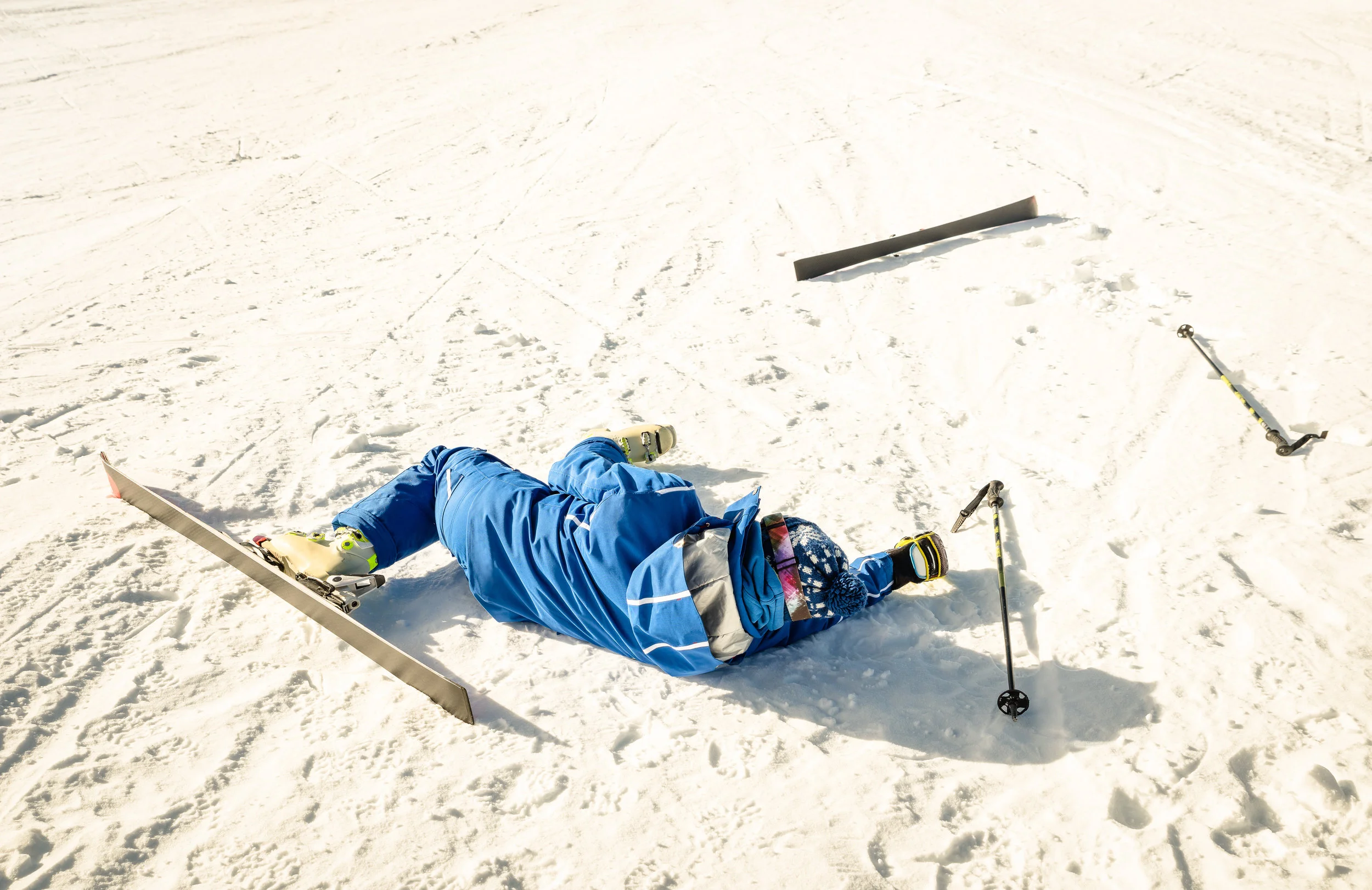How to Come back from Injury with a Healthy ACL
“These days, athletes of all shapes, sizes, and skill levels are returning from ACL surgery in even better shape then before the injury. ”
I answer many questions about how to return from an injury (and surgery) with a healthy ACL. As I've mentioned before, the good news is this; these days, athletes of all shapes, sizes, and skill levels are returning from ACL surgery in even better shape then before the injury.
That said, returning from an ACL injury involves a few steps. First of all, let's talk about what the anterior cruciate ligament actually does.
WHAT IS THE ACL (ANTERIOR CRUCIATE LIGAMENT)?
Here's an ACL tear.
No matter what type of activity you are engaging in, the anterior cruciate ligament serves a very important function. Simply put, the ACL provides the knee with stability. It also protects our meniscus (sometimes referred to as cushion cartilage) from damage which is caused by twisting and shear.
A torn meniscus will expose our meniscus to possible damage. Damaged meniscus can lead to arthritic joints. That's why many people who tear the ACL opt to have it fixed immediately.
How does acl replacement work?
An ACL replacement is achieved via use of an allograft or an autograft. An allograft is a cadaver craft, and an autograft uses your own tissue.
Surgery is often done via arthroscopic methods, meaning that we make small incisions in the knee and insert instruments to achieve the desired results. Alternately, it is achieved by cutting a large incision in the knee, which is known as open surgery.
What are the steps to returning from ACL Surgery?
“In essence, the ACL must get weaker before it gets stronger.”
Let's talk about returning from sports after your ACL surgery. It's one of the most common questions I get. The answer is determined by two different factors: biology and rehab.
STEP 1: WEAKER TO STRONGER
You may have heard the term "remodeling." This means that our allograft or autograft must grow new blood vessels. This process results in a temporarily weakened scaffold because the old graft fibers are taken away. So, in essence, the ACL must get weaker before it gets stronger.
STEP 2: NEW ACL CELLS
Now new "ACL Cells" are deposited upon the scaffold, which make for a stronger, better ACL graft. This takes less than 9 months to happen.
However, not that the but the scaffold phase is the time when the new graft is at the weakest point. 8-12 months after surgery, the new ACL many be less than half of its original strength.
STEP 3: REHABBING BACK TO FULL STRENGTH
With access to talented and devoted therapists, we can get an athlete back to full strength at about three months after the initial surgery. If this is true, then why do we hear the term "season-ending" so often when it comes to top athletes returning from this injury? The answer is this: we want the graft to remodel on its own terms.
Expect 4-6 months to get back to recreational sports
Getting Back in the Game
““The return of strength to the knee is not the sole factor we want to pay attention to. We want the graft to re-model at it’s own speed and pace.””
Something that we are blessed with in this day and age are great physical therapists who really know the ins and outs of getting athletes back doing the things they love to do. From the standpoint of the body, we can often get you back to “full strength” about 3 months after surgery.
However, there is a different between being back at full strength and having a fully recovered ACL. The return of strength to the knee is not the sole factor we want to pay attention to. We want the graft to re-model at its own speed and pace. This is why the term “season-ending injury) is something we hear often when it comes to professional sports. We’d rather the athlete return with a fully recovered ACL.
THE FUNCTIONAL SPORT TEST
The SPORT test is what we use to test whether an athlete is ready to return the the fields of friendly strife. Here’s What the SPOR test uses:
Here's the functional SPORT Test:
1. Forward Running with Cord resistance - 1 minute
2. Backward Running with Cord resistance - 1 minute
3. Side to Side Agility with Cord Resistance- 1 minute
4. Single leg knee dips with Cord - 3 minutes
We’ve modified this over the years to be a more effective barometer. For example, we use the SPORT test to determine when athletes are ready to return to the know on the U.S. ski team. I want to know if there are going to be any problems for the athlete to accept a lode before they get on the hill. It’s better to evaluate this in the controlled environment of a therapist’s office.
So what’s the verdict?
Recreational Sports can typically start at 4-6 months after surgery, while competitive sports average 6-9 months.
Hope that helps!
IF YOU ENJOYED THIS ARTICLE, PLEASE FEEL TO SHARE THIS WITH YOUR NETWORK OF FRIENDS AND COLLEAGUES. BELOW IS TEXT YOU CAN CUT AND PASTE INTO ANY OF YOUR FAVORITE SOCIAL NETWORKS OR EMAILS.
For Google +
Dr. William Sterett is the Head Physician for the U.S. Women's Ski Team
Dr. William Sterett
The good news is this; these days, athletes of all shapes, sizes, and skill levels are returning from ACL surgery in even better shape then before the injury. That said, returning from an ACL injury involves a few steps. First of all, let's talk about what the anterior cruciate ligament actually does. ... http://williamsterett.com/blog-dr-william-sterett/coming-back-with-a-healthy-acl
For Facebook
Returning from an ACL injury involves a few steps. First of all, let's talk about what the anterior cruciate ligament actually does...http://williamsterett.com/blog-dr-william-sterett/coming-back-with-a-healthy-acl
For Twitter description... How long does it take to return from an ACL injury? #kneepain #sportsmedicine #kneedoctdor http://williamsterett.com/blog-dr-william-sterett/coming-back-with-a-healthy-acl
For LinkedIn Description
The good news is this; these days, athletes of all shapes, sizes, and skill levels are returning from ACL surgery in even better shape then before the injury. That said, returning from an ACL injury involves a few steps. First of all, let's talk about what the anterior cruciate ligament actually does...http://williamsterett.com/blog-dr-william-sterett/coming-back-with-a-healthy-acl





